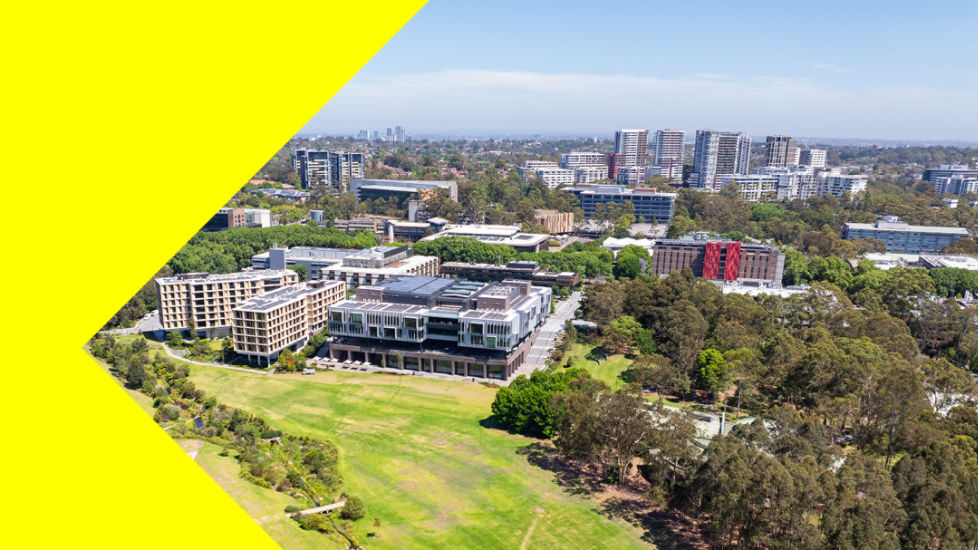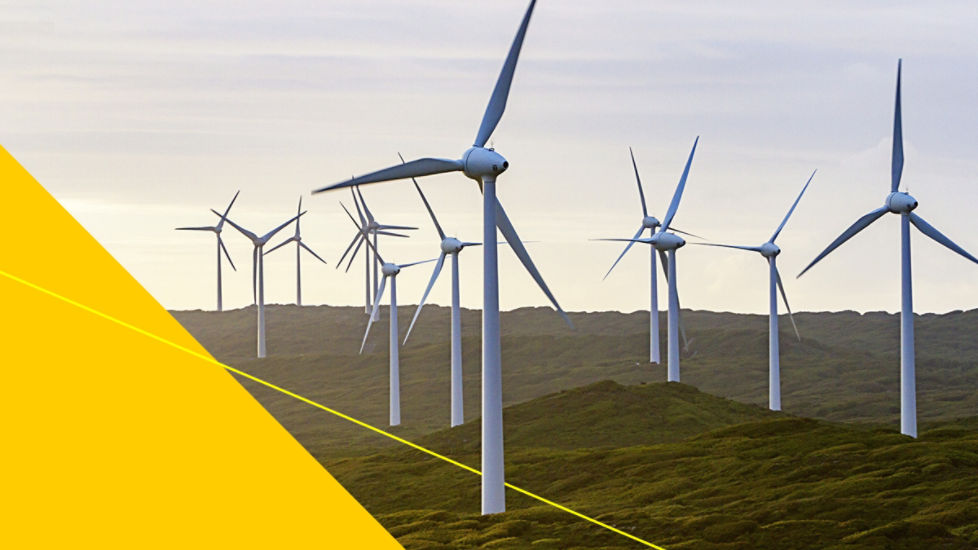- The rules governing the Safeguard Mechanism will change significantly by 1 July 2023.
- Emission reduction goals need to be aggressive in the 7 years to 2029-30 – and even surpass CO2 intensity reduction achieved in the east coast electricity market from 2014 to 2021.
- The changes to the Safeguard Mechanism will likely substantially increase demand for Australian Carbon Credit Units (ACCUs) by the end of this decade. With the Chubb Review hanging over new ACCU supply, the risk that ACCU prices need to surge by the end of the decade is rising.
The Safeguard Mechanism applies to ~215 facilities around Australia that emit more than 100,000t of direct CO2 equivalent. In aggregate, these facilities accounted for ~28% of Australia’s emission in 2020-21. The Safeguard Mechanism has been in place since 1 July 2016. Since its inception, emissions have increased by ~7%. Lenient rules have underpinned the rise in emissions amongst Safeguard Facilities. Australia’s Department of Climate Change, Energy, the Environment and Water (DCCEEW) released a whitepaper outlining changes that it is considering to the Safeguard Mechanism on 18 August 2022. Changes to the Safeguard Mechanism are expected to become effective from 1 July 2023.
We estimate CO2 emissions per unit of output need to fall 5-7%/yr under the Safeguard Mechanism (Table 1) – equating to a 30-40% fall in aggregate emissions over the 7 years from 2022-23 to 2029-30. Given the National Electricity Market (NEM) (Australia excluding WA and NT) has only observed a ~24% fall in carbon intensity over the 7 years from 2014 to 2021, we think it will be quite challenging for the Safeguard Facilities to deliver above and beyond what the NEM has recently achieved.
The problem with yearly compliance with emission reduction baselines is that cash flow that could have been used to accrue capex for future emission reduction projects are instead used to meet annual baseline targets. This is a problem effectively solved by multi year monitoring periods (MYMPs), as companies can use cash flow when MYMPs are in place towards actual emission reduction projects. We think regulators will have to lean heavily on MYMP structures, while still having Safeguard facilities contribute some yearly capital to compensate governments holding the risks for meeting Australia’s 2030 emission reduction goals. This capital can be used to fund emission reduction projects at a facility level when the technology is available or pooled together with other Safeguard facilities for a larger and more economic emission reduction project.
The risks though look slanted towards Safeguard Mechanism demand for ACCUs to surge by the end of this decade. It is important that ACCU supply grows strongly to keep prices at affordable levels for Safeguard facilities. The risk to ACCU supply though is significant. The Chubb Review, which is the government’s Independent Review of ACCUs, is due by the end of the year. With ACCUs typically generated 4 6 years after project investment, an extended investment gap in new supply over the next year or longer could cause ACCU shortages to become amplified by the end of the decade.
CBA’s Global Economic and Markets Research team publishes a wide range of economic and financial research each week covering the latest data, trends, policy developments and topical issues in Australia and other major economies. To access these publications please visit the GEMR website.
Our economic expert
Vivek Dhar has worked as Commonwealth Bank’s lead mining and energy commodities strategist since late 2014 after working as a junior analyst for 4 years. Prior to working at Commonwealth Bank, Vivek interned at Deutsche Bank and Siemens. He holds a Bachelor of Engineering (Electrical) and a Bachelor of Commerce (Finance and Economics) from the University of Melbourne.




